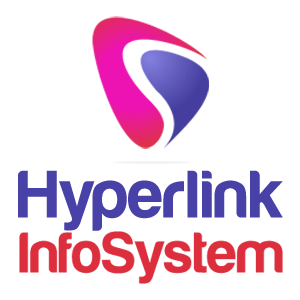
Technology Transfer is the process of sharing results that stems from advanced research to an organization, wider society, etc. It involves the flow of data, designs, prototypes, materials, software, inventions and trade secrets from one firm to another.
Operations Involved
It involves assessment of the market, considering what the potential market for the technology is and how well it is going too far. It comprises of Technology Disclosure, which means you can reveal your ideas or technology if you think that it’s promising. It also includes Intellectual Property, which refers to the inventions, literary and artistic works, symbols and images used in the commercial line. The Intellectual Property also consists of patents, copyrights, trademarks, design rights and trade secrets.
The operation incorporates Technical Obstacles, development process, funding, resource commitment and other expenditures. And, there is Development Path, whereby a new company is established through not-for-profit routes. Apart from these operations, many other activities are involved.
Patenting
The patenting process is elaborate. Essentially, the inventor gets the right to commercialize the invention for 20 years. It is done after striking a bargain between the inventor and the government. The invention has to be novel, inventive and have industrial applications for it to be patentable. The three criteria are tested by the patent office separately. Moreover, it has to be ‘sufficiently described’ and ‘not excluded’ on the public policy grounds. Following this, licensing is carried out.
Activities Involved
Technology Transfer professionals perform a wide array of activities. It involves securing of patents by working with attorneys and property intellectual rights. They explore the commercial potential of the inventions. They promote and educate the technologies to the researchers, potential licenses and partners.
The activities include acquiring capital for research and development purpose. It involves encouraging university students to spend time on innovation. The professionals license agreements and enforce partnerships, and they help start-up organizations to develop quickly. They also assist in innovation of ecosystem building and supporting structures that further leads to innovation. Now, let us see how these operations and activities serve society, universities, scientists, corporate employees, etc.
Advantages of Technology Transfer
The advantages of Technology Transfer are immense. It has immeasurable benefits as far as society is concerned. It is predicted that 8 billion devices will be connected to the Internet by the end of 2020, bringing us closer. It generates revenue for the universities that can be used for research. It also leads to the recognition of scientists and their innovations.
It indirectly leads to faculty recruitment in universities and grant funding. It helps businesses introduce new products that can drive the success of the companies further. It enables the organizations to tap into the research advances without wasting money on internal research and development.
It has led to improved health facilities and medical diagnostic procedures. Medicines are being produced at a rapid pace today. It has even enhanced the business process. Technologies such as videoconferencing, ERP solutions and project management solutions have eased the workload. The employees can perform their daily tasks with the help of cloud computing, IoT devices and robotics.
It gave rise to new technologies like AI, Machine learning, Deep Learning and Artificial Neural Networks. As of 2019, there were 237 invention disclosures, 124 patents in the application fields and 342 executed licenses in the USA. Finally, technology transfer leads to sustainable economic growth and commercialization.
Thus, students need to get acquainted with the technology transfer process, so that they can spread awareness. And, this step will help in further research, development and innovation.
